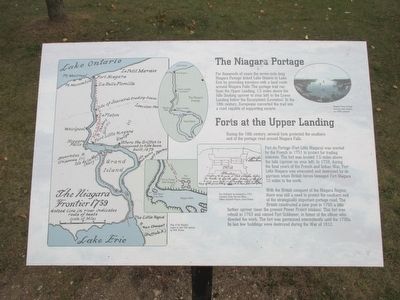Welcome to the Lambertville Outlet Lock, a fascinating relic of America’s canal era, nestled in the charming town of Lambertville, New Jersey. Established in 1848, this outlet lock was a crucial part of the Delaware and Raritan (D&R) Canal system, which itself was a vital artery for commerce during the 19th century. The canal was a lifeline for transporting goods, particularly anthracite coal, from the coal-rich regions of Pennsylvania to bustling markets in New York and Philadelphia.
The Lambertville Outlet Lock was constructed fourteen years after the D&R Canal opened, as part of an expansion to facilitate boat crossings of the Delaware River. During its heyday, particularly in the two decades following the Civil War, the canal was a hub of activity. In 1868, local reports noted that an average of 31 boats per day used the lock to cross the Delaware. Imagine the bustling scene: mules clomping across the New Hope/Lambertville Bridge, leading boats into town where they were reconnected to the cable system that propelled them across the river.
This ingenious cable system used the river’s current to ferry boats from one side to the other. Boats were attached to cables at specific angles relative to the water flow, allowing the natural force of the current to carry them across efficiently. The alignment of the boat was adjusted based on the current’s strength, showcasing the innovative engineering of the time.
Not far downstream, the Belvidere-Delaware Railroad crossed the canal on a fixed bridge, high enough to allow boats to pass underneath. This integration of rail and canal systems highlights the transitional period in American transportation history. Nearby, a dam was constructed to power the Union Paper Mill and to ensure a steady water supply for the lower Delaware Canal, further illustrating the interconnectedness of industrial and transportation developments of the era.
The Lambertville Outlet Lock was abandoned in 1912, as railroads became the dominant mode of transport. However, its legacy remains a testament to a bygone era of American ingenuity and industriousness. Today, as you stand here, you are not just at a point of crossing but at a crossroads of history, where the pulse of 19th-century commerce once beat strong.



